 Institute of Archaeology Institute of Archaeology |
[Slovenian] |
| Home | Members | Programme | Projects | Laboratory |
| Database | Publications | Library | Links | Archive |
|
Programme 2004-2008: Early Middle Ages 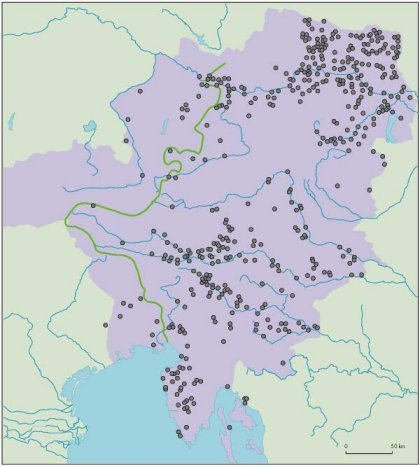
The aim of the research is to establish a new typo-chronological scheme of the settlement and cemetery artefacts. The research is focused on the eastern Alpine area in the Early Medieval and later period. Thus an overview synthesis will be enabled. In order to achieve this, the relevant archaeological sites need to be analysed and the digital data base (Zbiva) must be further developed. This being said, some old publications need revision and at the same time new materials need to be published. 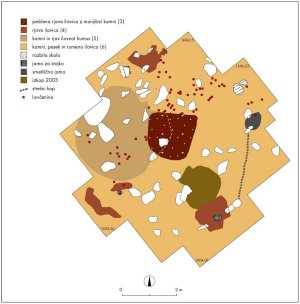 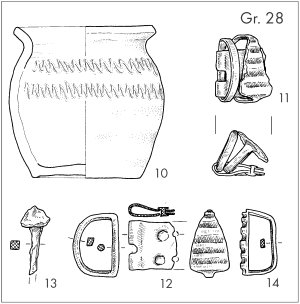
Selected publications
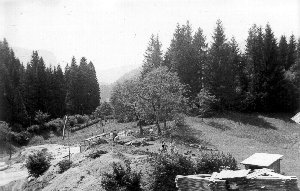 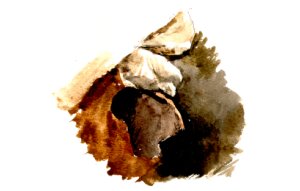
In cooperation with the National Museum of Slovenia, the publication of the first systematically researched Early Medieval (7th - 10th c. AD) settlement in Slovenia is forthcoming. The adjoining cemetery was researched as well. The publication of that is being prepared at the National Museum of Slovenia. The settlement was excavated in the years 1943, 1948, 1949, 1951, 1975, 1976, 1978, 1981 - 1984. The artefacts and the building remains and general placement of the archaeological structures all suggest contact with and the eventual blending of the indigenous Vlah population with the arriving Slavs. Preceding publication
Selected bibliography:
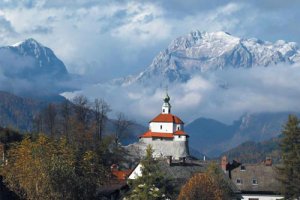 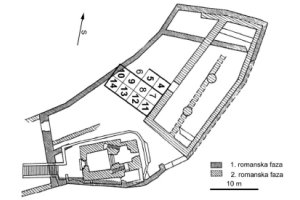
The site Mali grad in Kamnik has been a central place settlement at least during the period between the 10th century and the first half of the 13th century. The period of the second half of 10th and 11th centuries AD is of vast importance and has implications for more extensive research. During this period, the territory experienced the transition from 'Slavic civilisation' to becoming first de jure (second half of 10th c. AD) and later de facto (during the 11th c. AD), a part of the Ottonian Empire. The processes of change are observed at many levels (small finds, the settlement, the landscape on a micro-regional level). Thus, not only is the influence of the Ottonian Empire observed on a micro- regional level, but some remarks on the Empire itself at the time are also expected. The importance of the project on the national level is to establish the chronological schemes for the period from the 11th to 13th centuries AD. Preceding publication
Selected bibliography:
 
A project presents the excavations carried out by the National Museum of Slovenia Slovenia at Pržanj (Ljubljana) in 2004. The remnants of an iron- craftsman settlement dating to the period between the 7th and 9th centuries AD were recovered. As such, the case study enables a rare insight into the craftsman settlement at its time. In the archaeological past, the material and religious aspects of every day life could not be set apart. One without the other can not be understood. Archaeological structures provide the necessary insight into the religious aspects of the archaeological past. Some of those aspects are still present in the folk traditions. Therefore methods for the simultaneous study of folk traditions and archaeological sources and landscape ideograms are being developed. 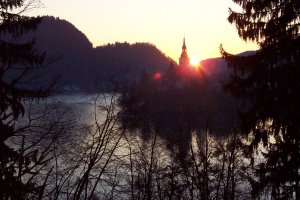 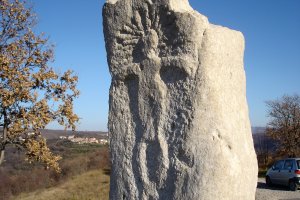
Selected publications
<< Back to Programme 2004−2008 |